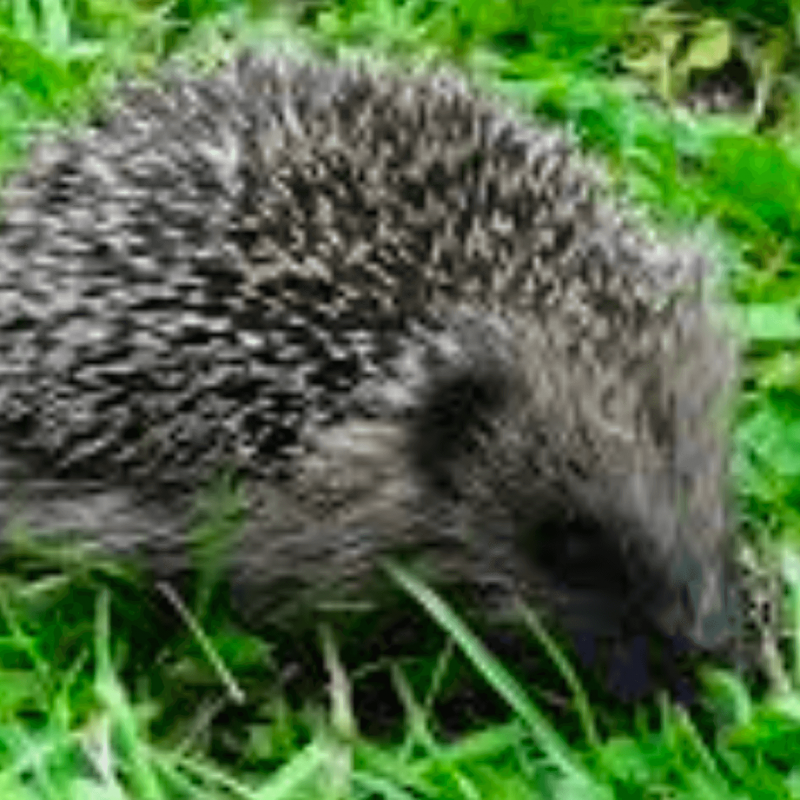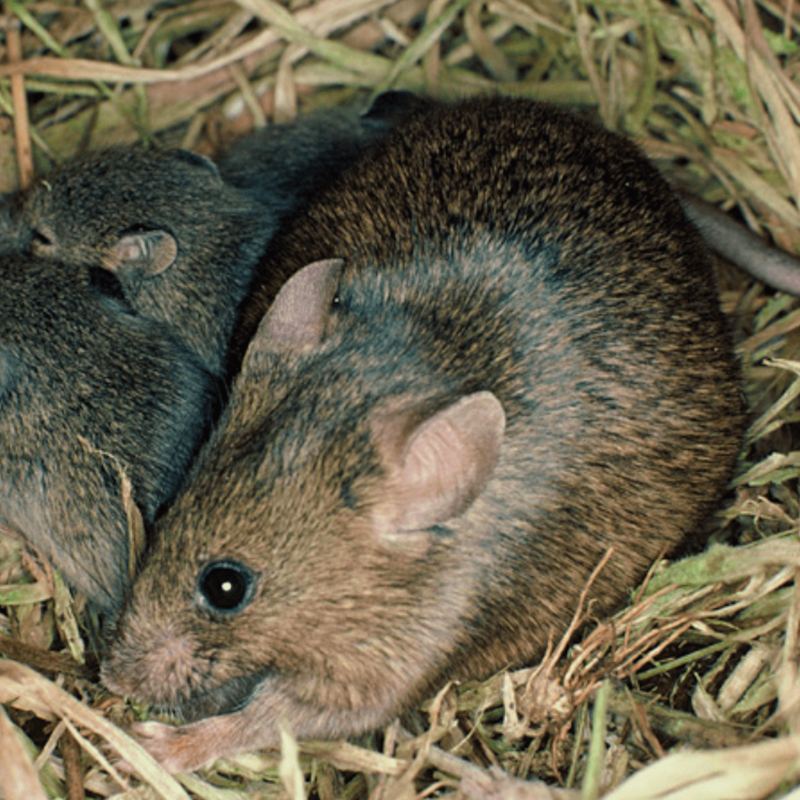Hedgehogs are a major predator on eggs of riverbed breeding birds such as banded dotterel and black-fronted tern and kill and eat chicks of many ground-nesting birds.
Hedgehogs were first brought to New Zealand by acclimatisation societies to remind settlers of their homeland, but were later introduced in greater numbers to control garden pests such as slugs, snails and grass grubs. They are abundant in New Zealand and are a significant threat to many native species.
It is an unmistakable small nocturnal mammal, grey-brown in colour with its back and sides entirely covered with spines. They are 150-250 mm in overall body length and can weigh up to 1 kg. Males are slightly larger than females but the difference is not obvious.
In winter, hedgehogs hibernate. Winter dens are under tree roots or deep dry litter, in rabbit burrows or other dry refuges. Male hedgehogs begin hibernation much earlier than females. In spring, as early as September, the long breeding season starts, yet young may be born as late as May. Two litters can be produced per year, each of 4-7 young; juvenile mortality is high. The young are independent after about 7 weeks.
Their preferred habitat is lowland pastoral areas and are less common at altitude. Recent studies show they are regularly trapped in large forest tracts (for example in Trounson and Rotoiti), and are found above the bush line in extensive forest areas such as the Kawekas. Home ranges are not defended and can overlap with many others. Hedgehogs have several daytime nests and are used by other hedgehogs if not occupied.
Hedgehogs are mainly insectivorous, with key prey items being slugs, snails and larger insects, but will eat almost any animal substance and some plant material. They find much of their prey by smell.
They are a major predator on eggs of riverbed breeding birds such as banded dotterel and black-fronted tern, and kill and eat chicks of a variety of ground-nesting birds. In the MacKenzie Basin (South Island), hedgehogs are responsible for one in five predator attacks on nests. They have a voracious appetite for invertebrates and take many local endemic species. They eat the rare giant native centipede, wētā, and other rare insects. They also eat the native snail Wainuia urnula. Lowland populations of Powelliphanta snails may also be severely affected. They also eat lizards and skinks.
Many ground-set trapping programmes in Central Otago, braided river systems in South Canterbury or forest ecosystems in the North Island catch hedgehogs.
Don't encourage them into your backyard by creating burrows for them or leaving milk out. Set a suitable trap for the situation you are in (suburban or rural). Prints are five-toed, resembling a large rat print. Forefeet are much broader and shorter in length than the hind feet, meaning there are two distinctly different prints left by the one animal.
Photos by: DOC, Robert Henno, DOC









